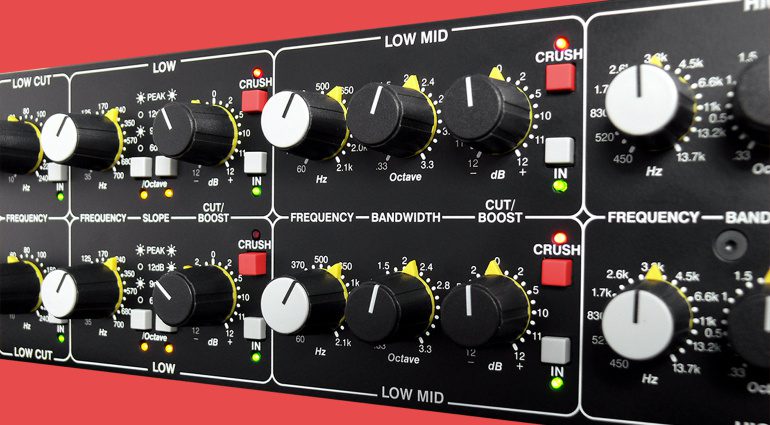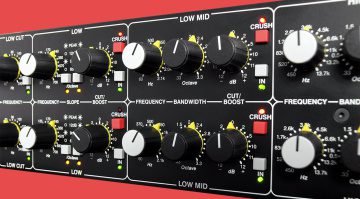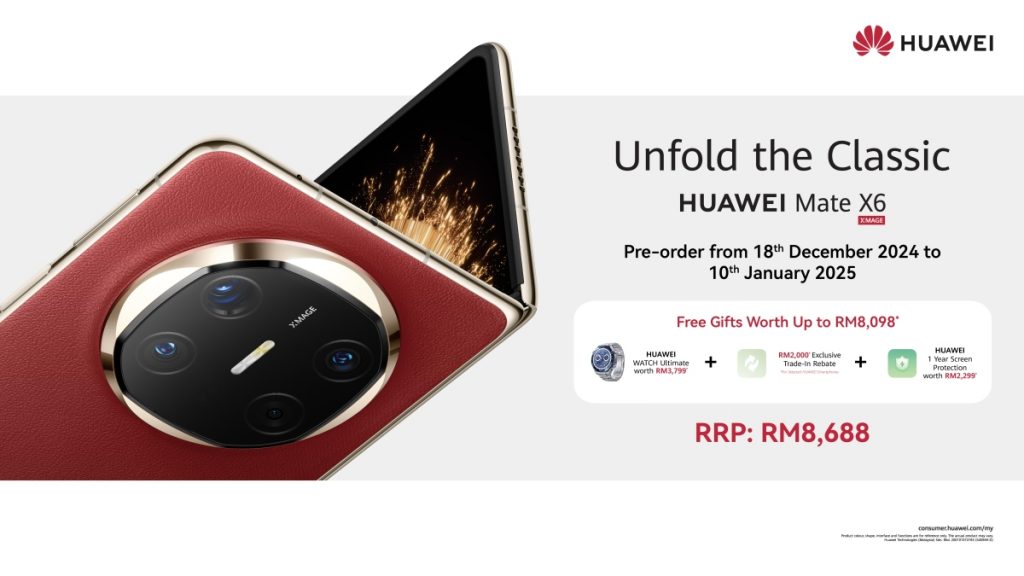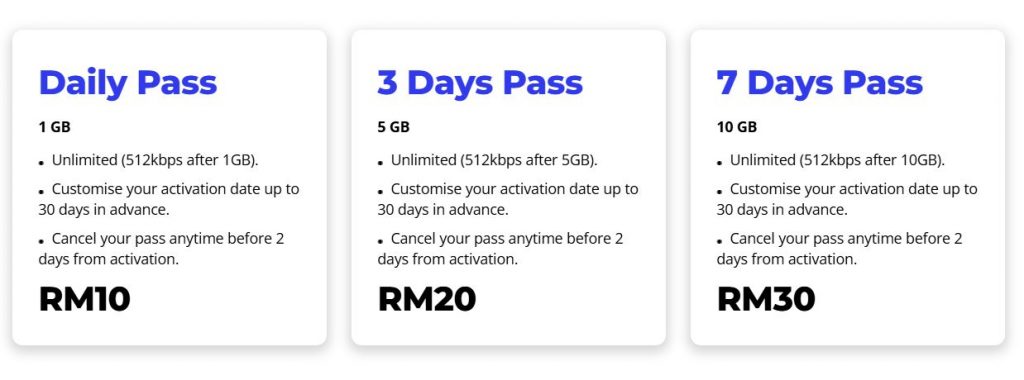With the Drawmer 1971, you get a dual 4-band parametric EQ with parametric midrange bands and some unique features for tracking and mixing.
A trusted name in analogue audio, Drawmer brings elements of vintage designs into a modern context. Also, the UK manufacturer creates processors that are more affordable than most of the EQs and compressors you’ll find with similar features.
Drawmer 1971
The first thing you’ll notice about the 1971 is the Crush button on each of the four bands. This introduces a fixed time constant and an auto-gain makeup compressor specific to the engaged EQ band.
In addition, this Crush feature widens the bandwidth and accentuates harmonics. This means you can use it to give your high frequencies a glistening quality, get a punchy and more detailed midrange, or a warmer low-end.
Before you start shaping with the EQ bands, you can use the variable high-cut and low-cut filters to set the range of the signal you’re working with. This makes it easy to do precise creative or corrective adjustments on detailed instruments like vocals or guitars.
The midrange bands have variable Q-factor controls, which is a useful function, as this is an area where precision is often required. Also, there are multiple slope settings for the low-frequency range, allowing you to shape a wider range of different instruments.
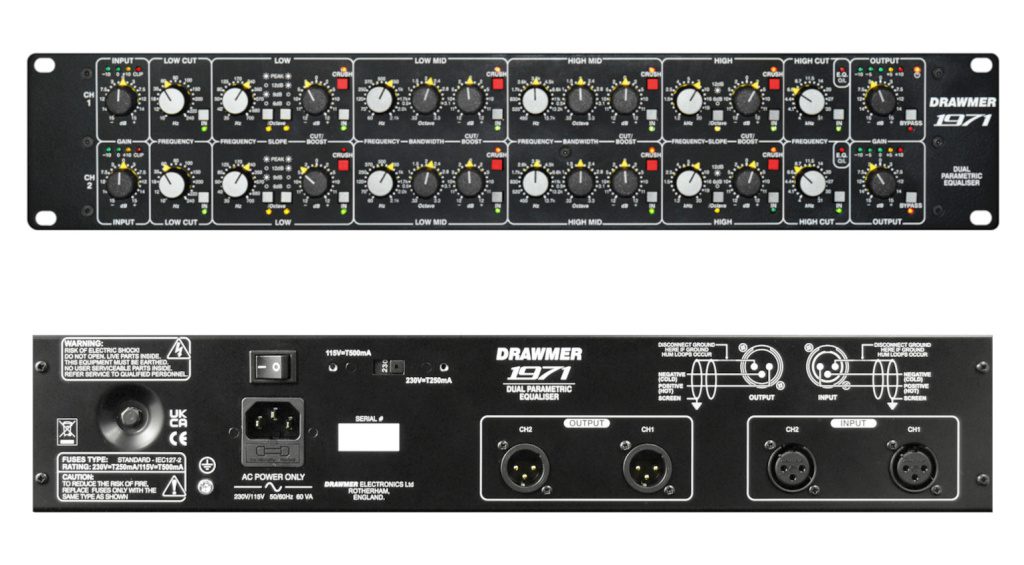
The design of the 1971 is detailed and it encourages you to chain the channels into each other as an 8-band mono EQ. However, there is no information about true stereo operation or a stereo link function, which is wildly confusing, to say the least. It does have indented pots, though, as a consolation.
Pricing and availability:
The 1971 will be available soon from your favourite retailer, priced at $1,699 MSRP.
More about the Drawmer 1971:
*This post contains affiliate links and/or widgets. When you buy a product via our affiliate partner, we receive a small commission that helps support what we do. Don’t worry, you pay the same price. Thanks for your support!

